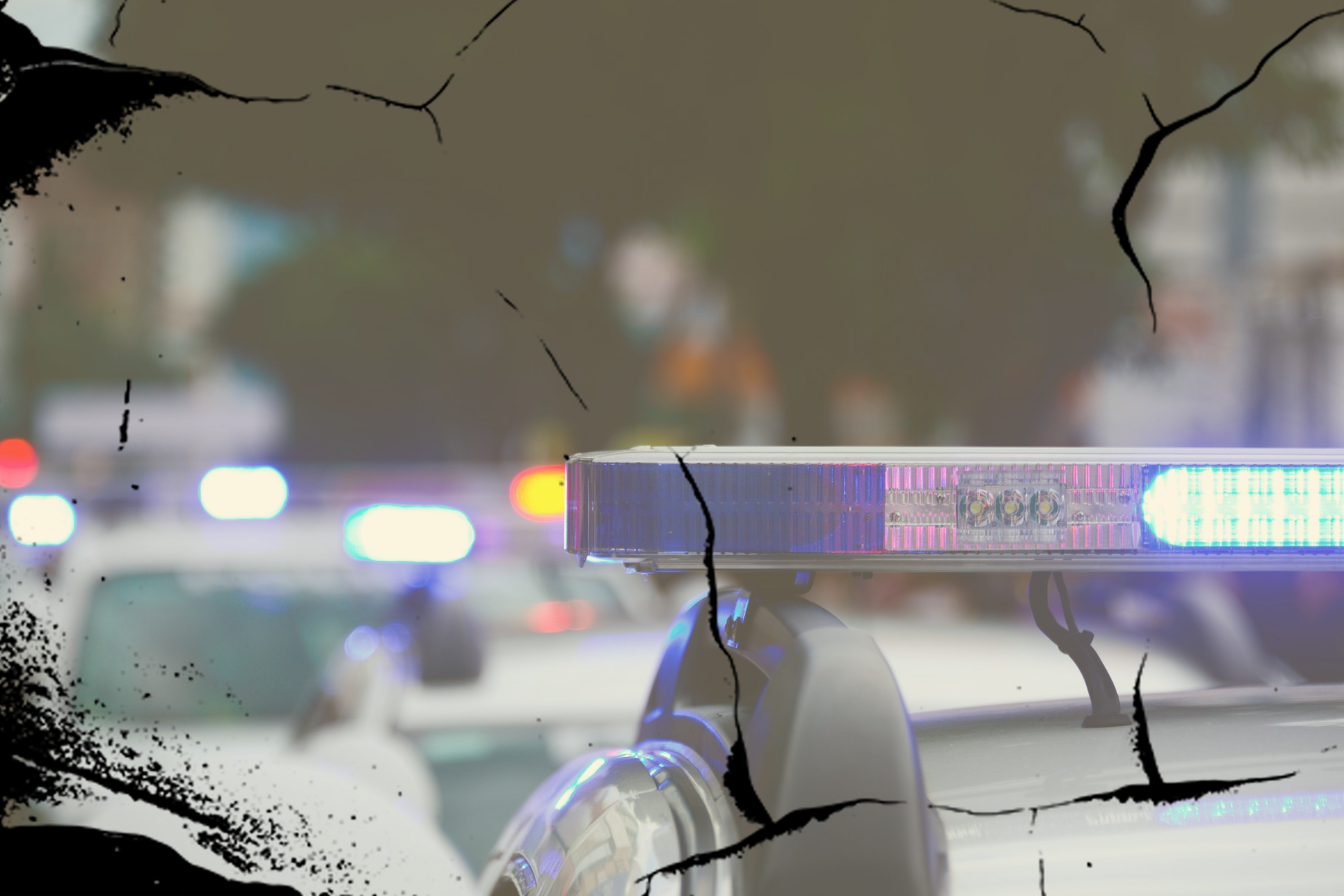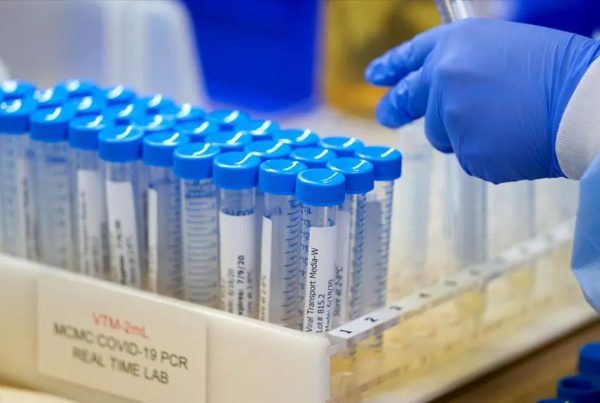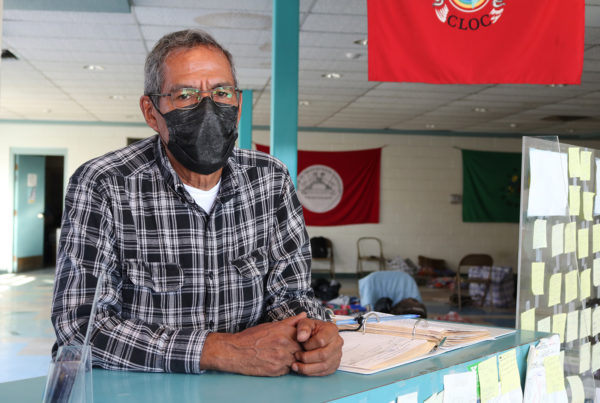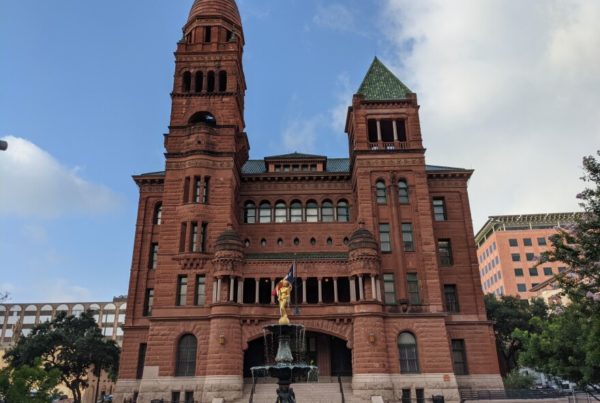It’s a case that has haunted the Texas capital city for three decades: four teenage girls killed in a yogurt shop in 1991. Eliza Thomas, Amy Ayers and Jennifer and Sarah Harbison were bound, gagged and shot in the head, their bodies and the shop were then set on fire. The killer or killers were never brought to justice.
Over the past 30 years, the case had a lot of ups and downs. Very little evidence was found at the scene due to the fire, confessions after hours of interrogations proved unreliable and, eventually, convictions were overturned in court. Many wonder whether the case will ever be solved.
For the anniversary of the murders, Tony Plohetski, investigative reporter for KVUE – the ABC affiliate in Austin, and the Austin American-Statesman spoke with the lead investigator at the start of the case, John Jones, as well as families of the victims.
Listen in the audio player above or read the transcript below.
This transcript has been edited lightly for clarity.
Texas Standard: What effect did these murders have on Austin?
Tony Plohetski: In the early aftermath, certainly, this case had a profound impact on Austin in, really, two ways. There was a really deep sadness and really deep grief about the loss of these four girls. But also, in addition to that, it profoundly rattled peoples’ sense of safety in Austin. In the years since, I think the case has continued to draw intrigue really, not only in Austin, but really across the country, with regard to people really wanting clear, definitive answers and, here we are, 30 years later, and the answers to some of the most important questions, beginning with, what happened and who did it, remain open 30 years later.
Looking back on the case today, what does the first lead investigator, John Jones, have to say about the investigation and how things have proceeded?
Over the years there certainly has been a lot of questions about, really, whether or not the Austin Police Department at that time and, for that matter, in the years since, has been up to the task of investigation something with, as we’ve mentioned, such limited forensic information. Keep in mind, what forensic information might have been available was largely destroyed by fire. Firefighters did not realize until after the fire was out that there were four dead bodies in there.
Certainly John Jones, reflecting on his own experience with the case, he had it for about three years, he believes that he did take important steps that night that helped secure what information and forensic information was available. But, make no mistake, the Austin Police Department was overwhelmed with the amount of work, the complex nature of the investigation and the thousands of tips that came pouring into the department. I talked to one former investigator who was just temporarily assigned to the homicide unit whose job was to go through an answering machine every morning and cull out all of the tips. But as for John Jones himself, certainly his hope is that this case will one day be solved and he said, as a matter of fact, if it ultimately is determined that there is something that he missed, that is ultimately OK with him as long as there’s concrete proof that the person did it.
What did the families have to say all this time later?
It depends. Certainly the families have been through, as you can imagine, a lot over the course of 30 years. I talked briefly to Barbara Wilson, who lost two daughters that night, Sarah and Jennifer Harbison. At this point, she believes justice is probably not going to be available. That she, in her lifetime, will not see justice. Certainly that is still her hope. But in terms of being convinced that it will happen, she’s simply not. But I also talked to the family of Amy Ayers. Her brother and sister-in-law, Shawn and Angie Ayers, they live in North Texas. And their position is they still have fight in them with regard to leaning on the police and leaning on prosecutors to continue investigating this case.














